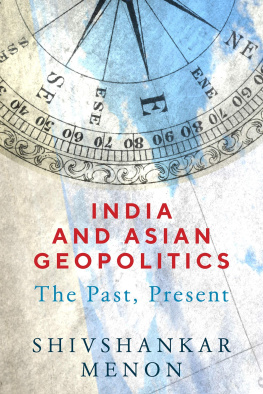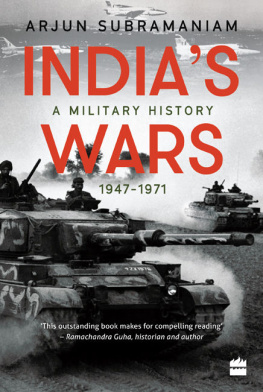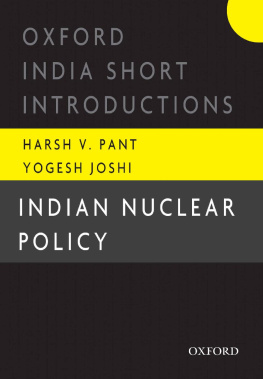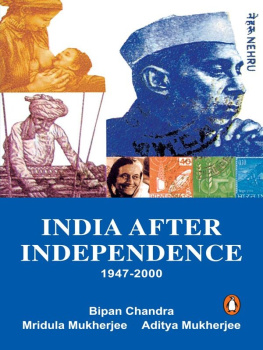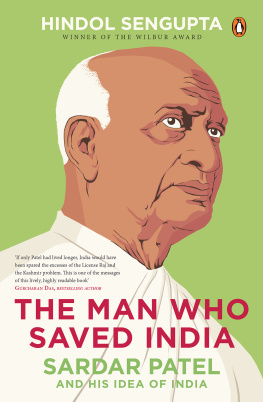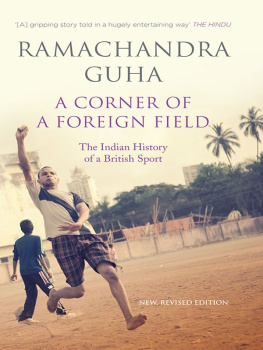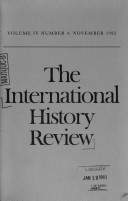Prelude
November 14, 2013Mumbai, IndiaAt about 4pm, India stopped working. A trillion dollar economy and a billion Indians were waiting. It was the last they would see of one of the greatest legends in Indian sporting history. It was the last of the trademark Cricketing cover drives and hooks you can get a glimpse of.
Sachin Tendulkar could not contain his tears as he walked past the test pitch for the last time. India could not contain its tears either.
India in Crisis Mode
Cricket is an English sport played in whites by whites, trying to kill their idle time while ruling the vast empire. However, this sleepy sport has become a quasi-religion in the subcontinent.
I was about six when Sachin Tendulkar first played for India. It was a different time back then. You had to pay a bribe for everything: scooter, telephone or even foreign exchange. The Indian economy was firmly shut from outsiders and India was fast imploding in every sense.
India was in a state of deep unrest at that time. Prime Minister Rajiv Gandhi squandered one of the most thumping electoral victories in 1984 to end up being in the opposition party when Sachin Tendulkar took guard for the first time on November 16, 1989 in Karachi, Pakistan.
The nation was deeply hurt by the adventures of the Indian Peacekeeping force in Sri Lanka and the popular scams of the time - buying Bofors guns from Sweden.
The landmark Shah Bano case which denied a Muslim woman of her rights in a messy divorce, and the government's tweaking of laws to placate the communal interests, kept India in a state of unrest. A strange coalition of orthodox Hindus and feminists were aghast at the government for its handling of the issue. To placate the orthodox Hindus, Rajiv opened up the gates of the controversial Babri Masjid.
While internally it was chaotic, there were massive changes in the world around India: the Berlin wall collapsed, students were shot in Tiananmen Square, and the USSR pulled out of Afghanistan in the same year of Sachin Tendulkar's debut. The fall of Communism and India's allies along with that, hurt the Indian economy.
The Start of a New Era
Sachin didn't seem perturbed by any of this. In his first series in International Cricket - played in India's arch rival Pakistan - Sachin Tendulkar showed signs of becoming a future icon of India. He stood bold against some of the best fast bowlers of all time. By 1991, he was a rising star for India, fresh out of a great tour of India's former colonial masters - England.
While Sachin was growing from strength to strength, India was growing from weakness to weakness. The hodgepodge of right and left parties that took over the power from Rajiv in 1989 were no better at handling either the economy or the polity. The protests following the recommendation for more affirmative action programs by the Mandal Commission, kept the nation on edge.
Another war in the Middle East (a major oil exporter and a major source of dollar remittances to India) started when Saddam Hussein's misadventure in Kuwait skyrocketed prices. In parallel, India's most important trading partner - Union of Soviet Socialist Republics - was no longer a union, nor a soviet, nor a socialist. It had crumbled into a network of 15 new nations.
By the summer of 1991 - India was practically bankrupt. The anti-Congress alliance failed and India was back to the polling booths. The new elections brought a slim majority to Congress. A sullen new Prime Minister and his turbaned Finance Minister were taking charge of India. One of the first jobs for the new Finance Minister was to take India's gold reserves to London and get some precious dollars to pay for the now unaffordable oil.
With nowhere to go, India finally opened up its economy, dramatically reducing taxes and partly dismantling the "License Raj" - an era of excessive government intrusion into the Indian economy. This freed up India corporates and started a new era.
As Sachin Tendulkar started piling up runs and ratcheting centuries, India began one of its fastest growth phases.
India Entering the IT World
While India was handing England its worst defeat on a cricket field in February 1993, a quiet Indian software company attempted to enter the hallowed floors of the Bombay Stock Exchange. It was selling its shares for Rs.98/share (in the next few years this would multiply 2000x). However, the IPO failed and Infosys had to enter the markets through a side route. Even though the IPO failed, things looked quite rosy for many fledgling Indian software companies. In the next decade, these small players would become global players making India a top destination for the global software and services trade.
The year of 1994 was especially great for Sachin as he proved his abilities in the shorter form of Cricket. Incidentally, 1994 was also the year of a huge bull run in Indian stock markets (although now we know that it was quite manipulated). My dad was investing in a bunch of IPOs (mostly bank/insurance IPOs) and it was quite exciting to see the gains.
In short, everyone at home was happy - some for Sachin and some for the stocks. We watched almost every one of his centuries. We cheered every one of his boundaries. We got angry every time he was unjustly given out. We were in tears every time his dismissal brought the end of Indias chances of victory. In short, Cricket in India was just a synonym for Sachin's game. Some of the happiest times of my childhood were correlated with Sachin's form.
Siamese Twins
At the time India exploded its landmark nuclear test in the summer of 1998, Sachin was at his peak, fighting one of the greatest matches in Sharjah. In the spring of 1999, when India fought the last of its major wars in the hills of Kargil in Kashmir, Sachin went through a chronic back pain phase - scaring his supporters all over India.
India smiled when Sachin smiled. India winced when Sachin winced.
September 28, 2014New York City, NY USAThe crowd of engineers, scientists, oncologists, professors, billionaires, graduate researchers, postdocs, artists, and executives could not contain the hope-laden tears as Prime Minister Narendra Modi finished his speech. There was an exuberance and joy that was uncharacteristic of this hard-nosed crowd. Sitting in the historic Madison Square Garden, I could see the same passion with which people watched Sachin's batting. The same way Sachin led his one man Cricket army, Modi showed a glimpse of a one man political army with a lot of potential.
A truly explosive 70 minutes of speech left the crowd stunned. It infused a new sense of hope and passion among a populace that were growing disenchanted with politics. It reminded this new generation of the challenges that Nehru and his team faced on August 15, 1947. It was as though we were transported back in time to the midnight hours of August 14, 1947.
What this book is about
This book is not just about sports or politics; but about the story of independent India. It is not just a story of politicians, but also of the people who really made India. From Homi Bhaba to Abdul Kalam, Padukone to Tendulkar, and from Nehru and Patel to Modi. This is a story of hundreds of people who really made India what we know today.
This is a book of not just events written in a laundry list, but about the insights into the events. From the integration of Hyderabad to the Shah Bano case - this is a train journey that will take you through Indian history and halting at all important events that shaped the nation.




